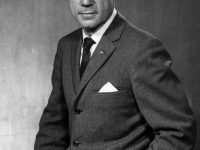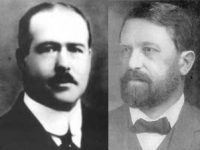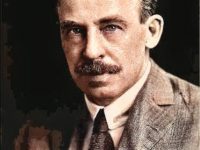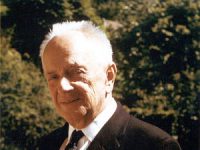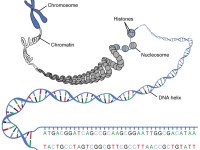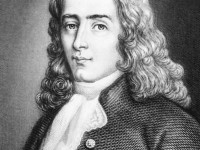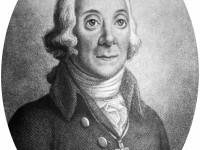Félix d’Herelle and the Bacteriophages
On April 25, 1873, French-Canadian microbiologist Félix d’Herelle was born. D’Herelle was co-discoverer of bacteriophages (viruses that infect bacteria) and experimented with the possibility of phage therapy. D’Herelle has also been credited for his contributions to the larger concept of applied microbiology. Early Years as Autodidact Félix D’Hérelle was born in Paris, France. He attended l’Ecole Monge (Lycée Condorcet) and then the Lycée Louis-le-Grand in Paris. His father, who was 30 years…
Read more


